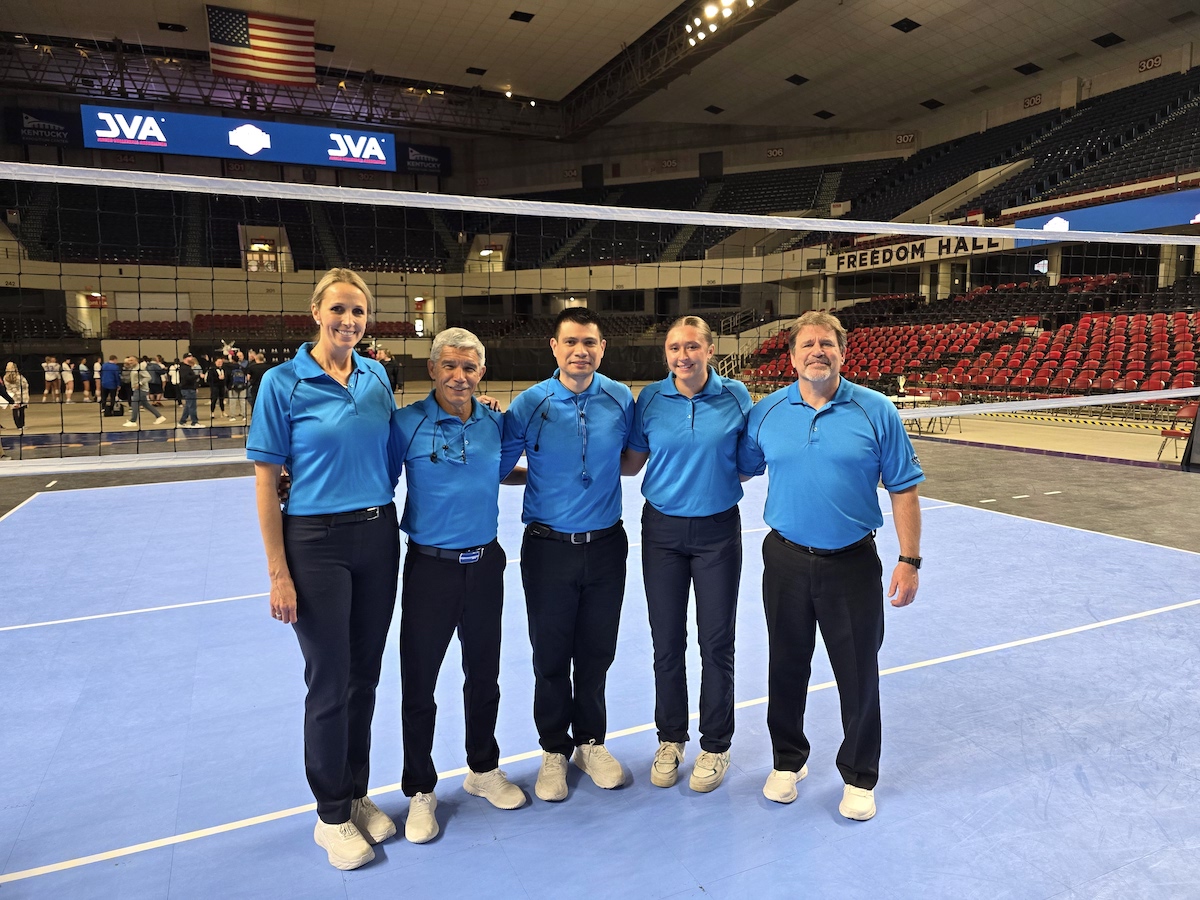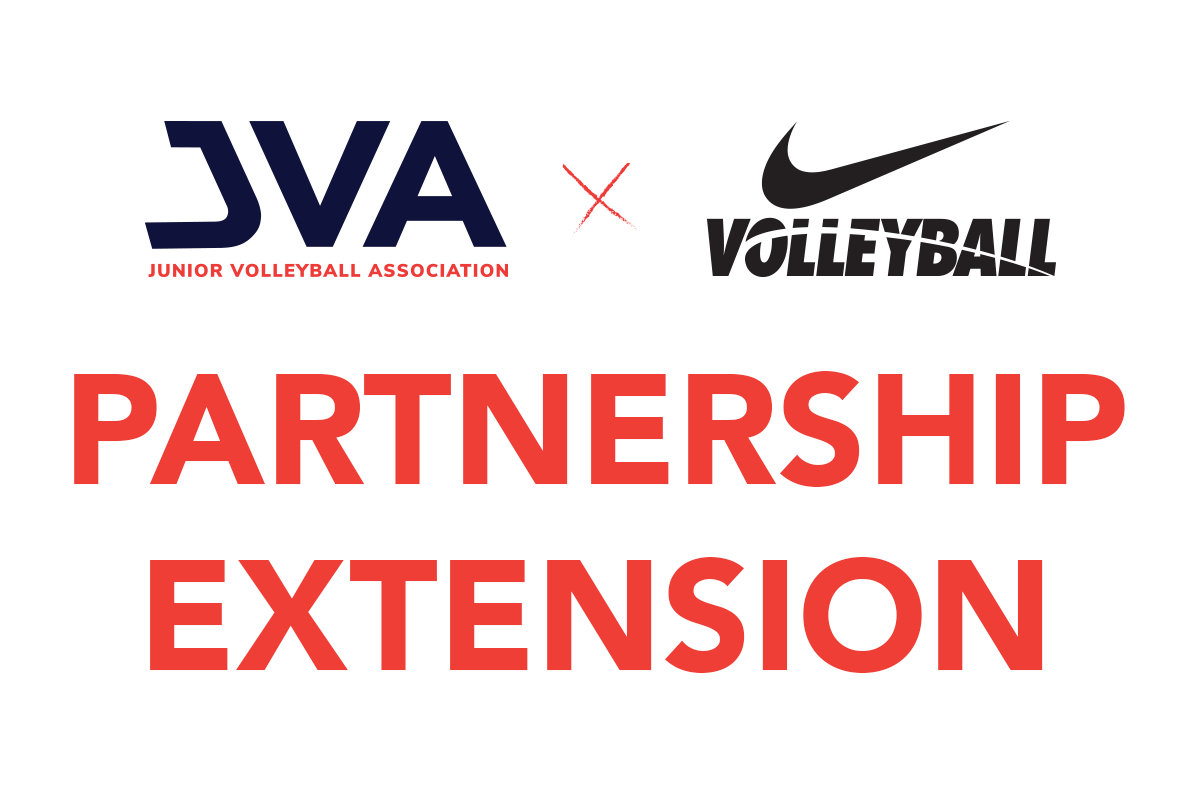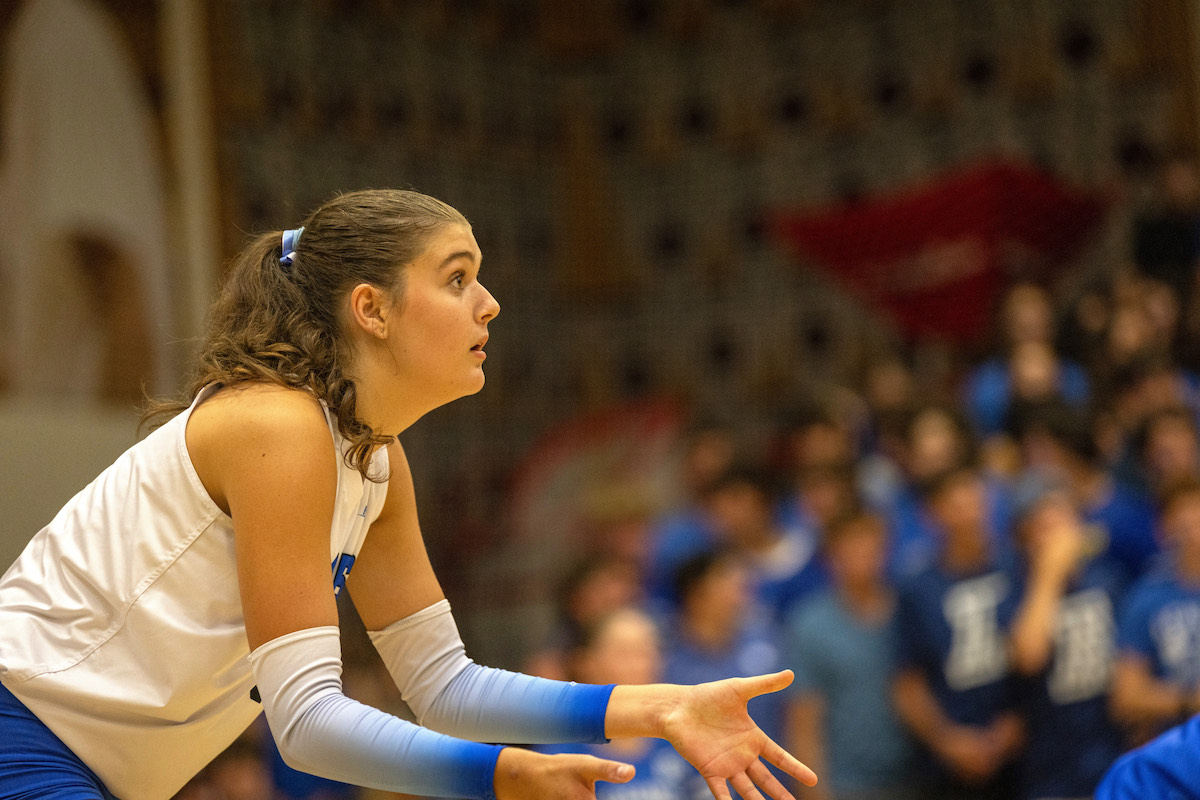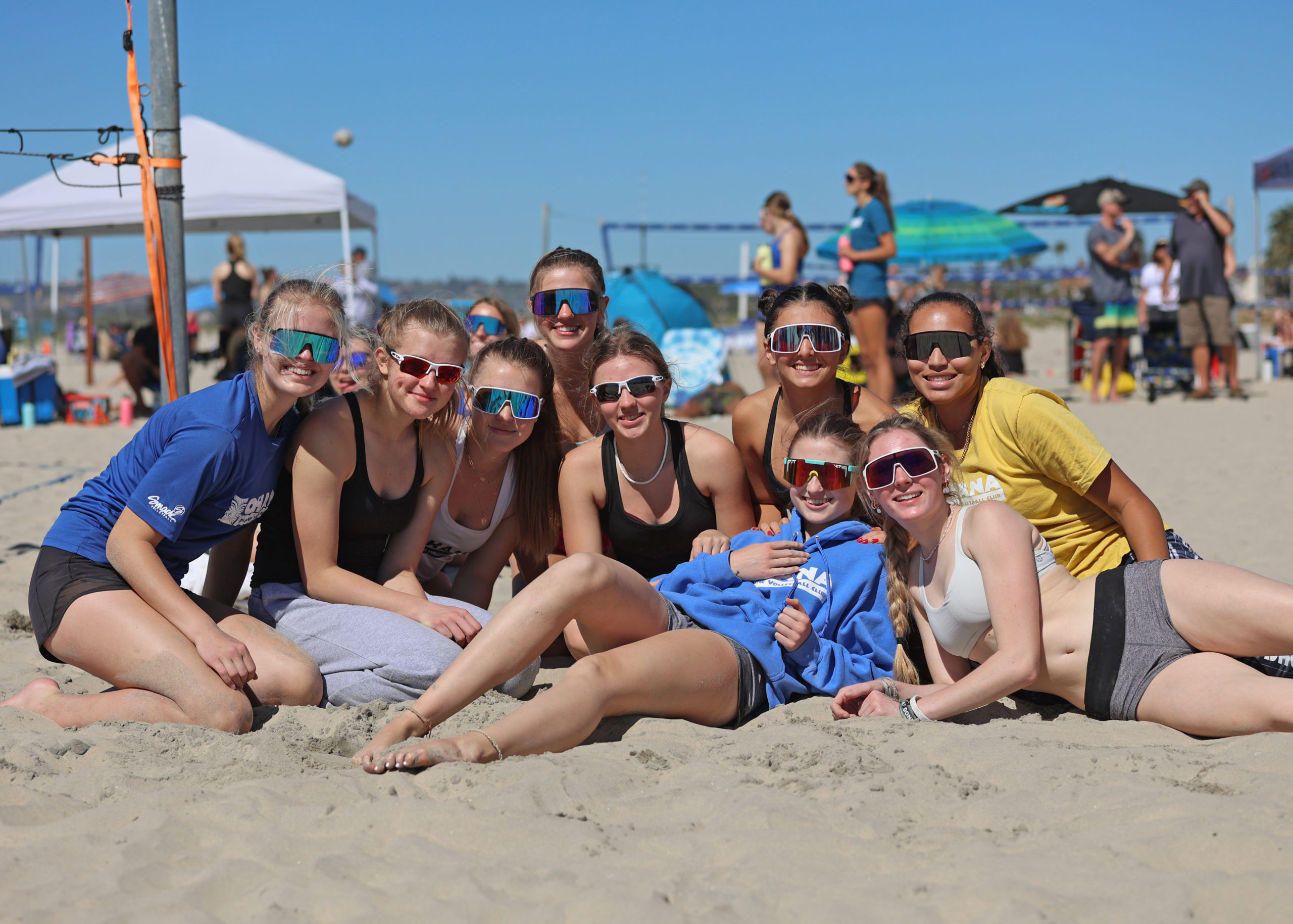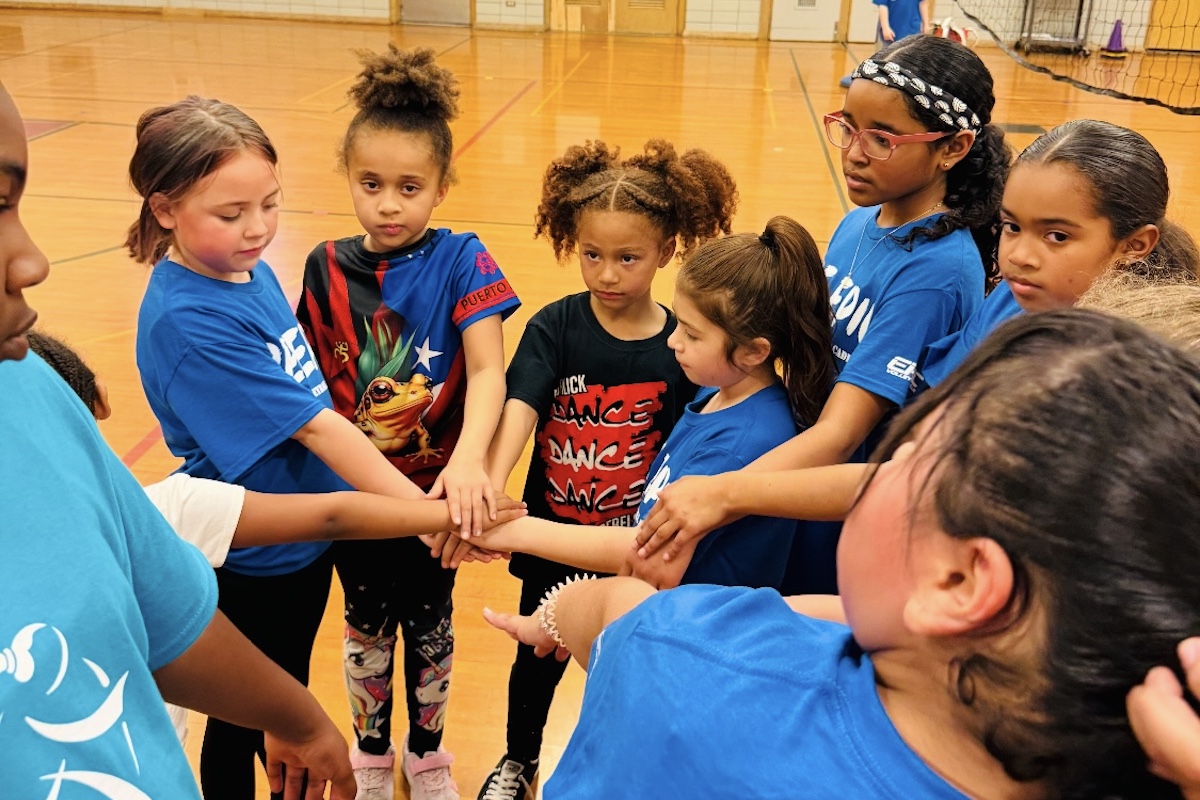Boys volleyball is growing at the grassroots level, with more tournaments adding 12U divisions due to the demand for high level competition as the sport continues to catch the interest of youth at a fast rate. JVA Director of Events, Adam Beck, has been running THE Point Series since 2005 in the Chicago area and has witnessed the growth of boys volleyball firsthand. He shares his competition model and the benefits of the format so that clubs across the country can collaborate and create a series in their area.
THE Point Series started as the Palos Point Series in 2005. In that 1st year we had 48 teams in the 18 and under division. In 2019, right before the Covid-19 pandemic, THE Point Series had 94 teams in the 18 and under division, and over 200 teams total in 2020. THE Point Series was created to get the best teams competing against one another more often, and the middle to lower level teams could see matched, or equal, competition instead of getting “beat up” in normal tournament/pool play.
That 1st year of the Series we immediately saw the benefits of better competition as that summer St. Louis Hi-Performance, a participating club, won the national championship in the 18 and Under Division. At the 2015 NCAA Men’s National Championship between Loyola and Lewis, 11 of the 14 players on the floor for the two teams had cut their teeth at THE Point Series as high school athletes.
Point System
THE Point Series is an up/down league where teams accumulate points based on how they finish each day. The team that takes 1st in Bracket A gets 1 point, 2nd gets 2 points, etc. etc. The team at the end of the series that ends up with the least amount of points is crowned champion of the league.
There have been 2 formats that have been used over the years for THE Point Series.
1) 8 Team Bracket: Teams would be in an 8 team power bracket where each team would play 3 times. The winners of the 1st match would advance to their own 4 team bracket where the winners of that would play for the championship of their bracket and the losers would play for 3rd. The losers of the 1st match would have their own 4 team bracket where the winners would play for 5th place and the losers would play for 7th in their bracket. Here is a screenshot of how that looks.

It was hard to get everything into one screenshot, but you can see Match 10 for 7th/8th place and Match 12 for 3rd/4th place at the bottom of each bracket. So teams would finish 1-8 in their respective brackets after they play their 3 matches. Teams would then move up/down depending on how they finished. The teams that took 1st, 2nd, and 3rd in their bracket would move up a bracket, the teams that took 4th and 5th would stay in their same bracket, and the teams that took 6th, 7th, and 8th would move down a bracket. This creates a dynamic where every final match of the day is important since you either have a chance to be champion of your bracket, win your way up to a higher bracket, win to stay in your bracket on the losers side, or not go 0-3 in the 7th vs. 8th match.
2) 3 Team Pools: This format is a little simpler but has the same concept. In the 3 team pool format there is a simple up/down format. The team that takes 1st in pool moves up a pool, the team that takes 2nd stays where they are, & the team that takes 3rd moves down a pool. Points work the same way as the team that wins Pool A gets 1 point, 2nd gets 2, etc. etc. This format was implemented in 2022 after a majority of clubs in the Chicagoland area preferred only being in the gym for 3 hours or so for local competition. There was talk of going with the 8 team bracket format in a 3 hour time span, but ultimately it was decided against since that format would have no line judges or down official.
3) 4 Team Pools: I have personally never used a 4 team format for THE Point Series, but it can be done if you have a smaller pool of teams to draw from. Say you only have 12 teams and can’t really run the 8 team bracket format, you can instead have (3) 4 team pools. You would still move teams up and down depending on how they did. In these 4 team pools the 1st and 2nd place teams in the pool would move up and 3rd and 4th would move down a pool. You would still give away points as you did in both the 8 team bracket or the 3 team pools.
The great thing about THE Point Series is that it can be implemented with a large number of teams or very few teams. You can break into groups of 8 to go with the up/down bracket format as listed above, or you can use the format with groups of 3 as well. So if 3-4 clubs have as few as 8-9 teams in your area, you can work together and start a Point Series! The Academy Volleyball Club in Indianapolis established The Midwest Point Series in 2018 and has experienced not only growth in the number of participating teams, but also a jump in the level of play. Clubs from across the Midwest have participated in the series to continue the mission of growing boys volleyball around the country.
For competition you will need one court for every 3-4 teams participating in your Point Series. So if you have a 4 court facility in your area, you can run (2) 8 team brackets per wave or (4) 3 team pools per wave. This would give you the ability to have 24-32 teams in a 4 court facility during a full am/pm wave. Next step is to connect with other clubs with your area (within a 3-4 hour drive) and coordinate the dates and locations for the first season. It’s critical to have a group of people who are willing to work together to lead the effort for the betterment of the athletes.
For more information on running a JVA event click here.
View more boys volleyball information here.
About the Author
Adam Beck has been involved in the junior volleyball community for over 28 years as both a coach and tournament director. As a club coach Adam led 7 different teams to top 5 finishes in the USAV 18 or 17 Boy’s Open Divisions. Adam was also on the first Men’s coaching staff for Loyola University Chicago in 1995. In his time as a tournament director, he grew the Palos Point Series from 75 teams in 2005 to over 200 in 2020. He also spent several years coordinating the 500+ team Windy City Power League.




